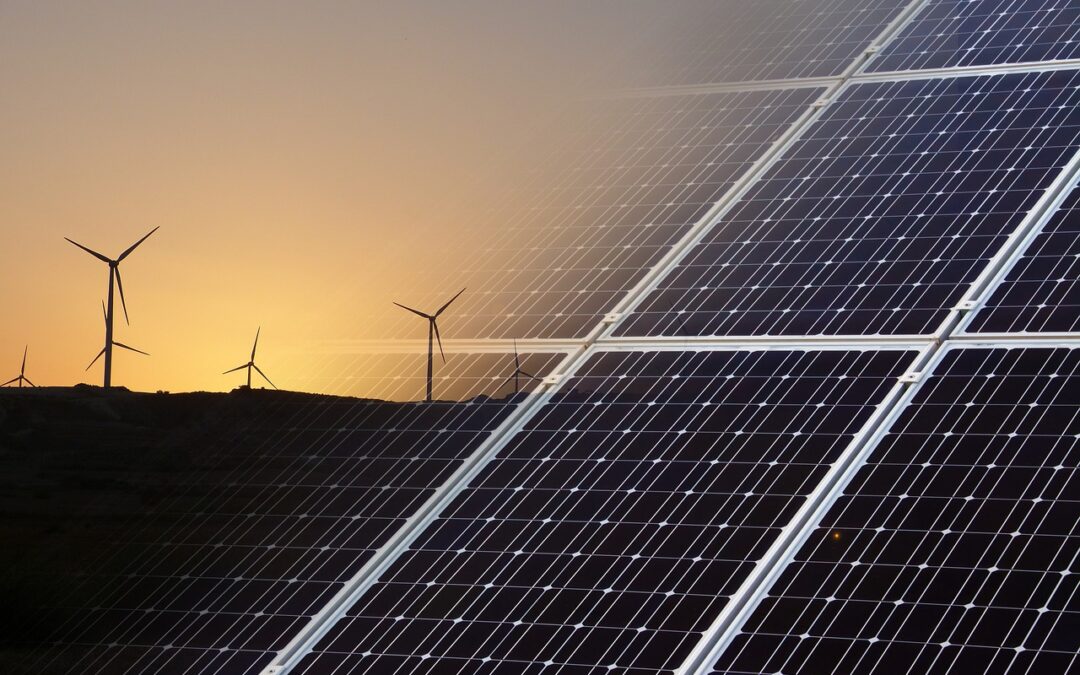The Federal Environment Agency (UBA) has summarised the extent to which renewable electricity generation has increased in the first half of 20204. According to the report, electricity generation from renewable energies increased by nine per cent compared to the same period last year. The share of renewable energies in gross electricity consumption reached around 57 per cent. Wind energy in particular made the largest contribution to renewable electricity generation at 51 per cent, followed by photovoltaics at 24 per cent, biomass at 15 per cent and hydropower at 8 per cent.
The increase in renewable electricity generation was primarily due to the strong expansion of new photovoltaic systems, which increased by 13 per cent despite fewer hours of sunshine. Wind power generation also benefited from the windy winter months and increased by 10 per cent. The installed capacity of photovoltaics already exceeded the annual target of the German Renewable Energy Sources Act (EEG) for 2024 in June, while the expansion of onshore wind energy fell short of expectations.
In the heating sector, renewable heat generation fell by seven per cent compared to the same period last year due to milder weather and therefore lower heating requirements. Despite a 3.5 per cent increase in heat from heat pumps, the overall losses could not be offset. The majority of renewable heat continues to come from biomass, biogenic waste and solar thermal energy.
The transport sector recorded a slight increase of three per cent in the use of renewable energy. The use of renewable electricity in particular rose by 16 per cent, as both the renewable share in the electricity sector grew and the number of electricity-powered vehicles increased. The amount of renewable electricity used is primarily utilised in rail transport, with an increasing share in road transport.
Despite the positive developments in the electricity sector, the report shows that considerable efforts are still required to achieve the climate and energy targets. Photovoltaics in particular requires an increase of around 50 per cent in order to meet the requirements of the EEG. The predictability and careful further development of the subsidy mechanisms remain essential in order to ensure further expansion.
You can find more information here.


